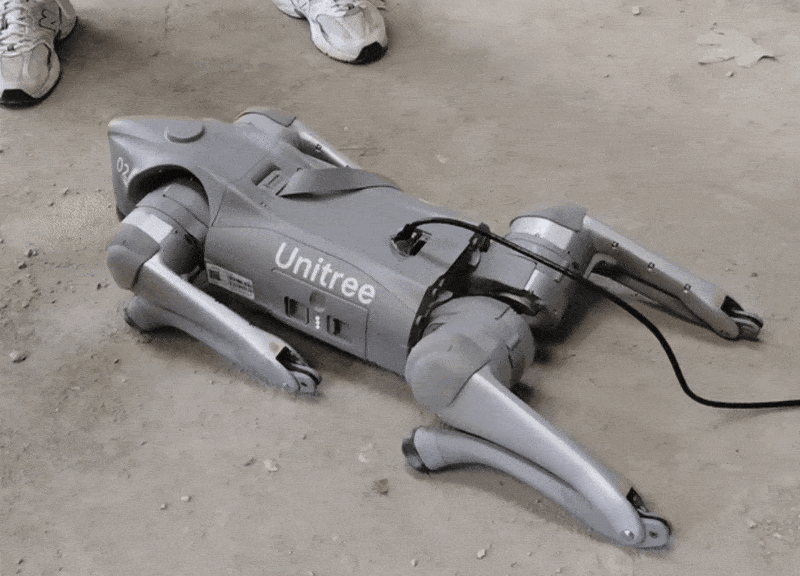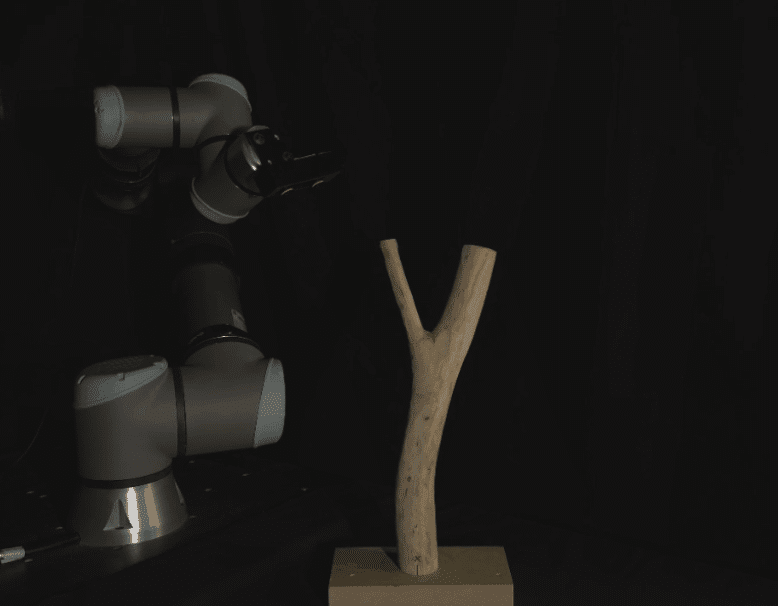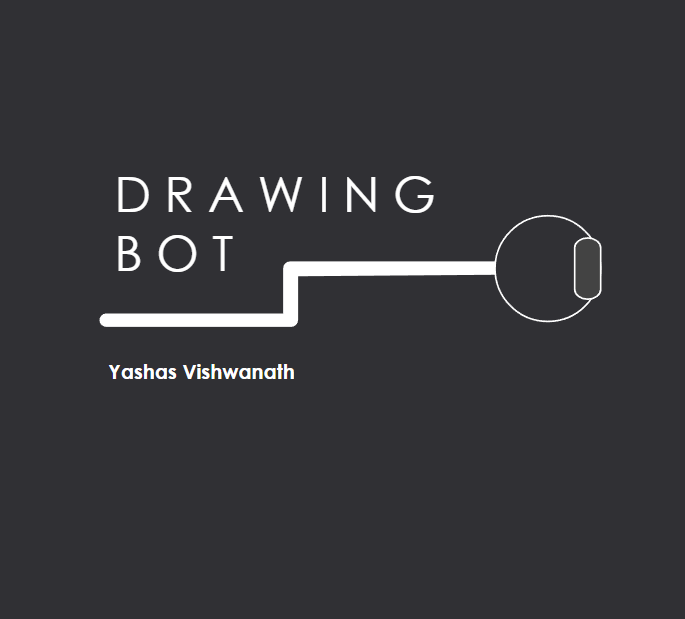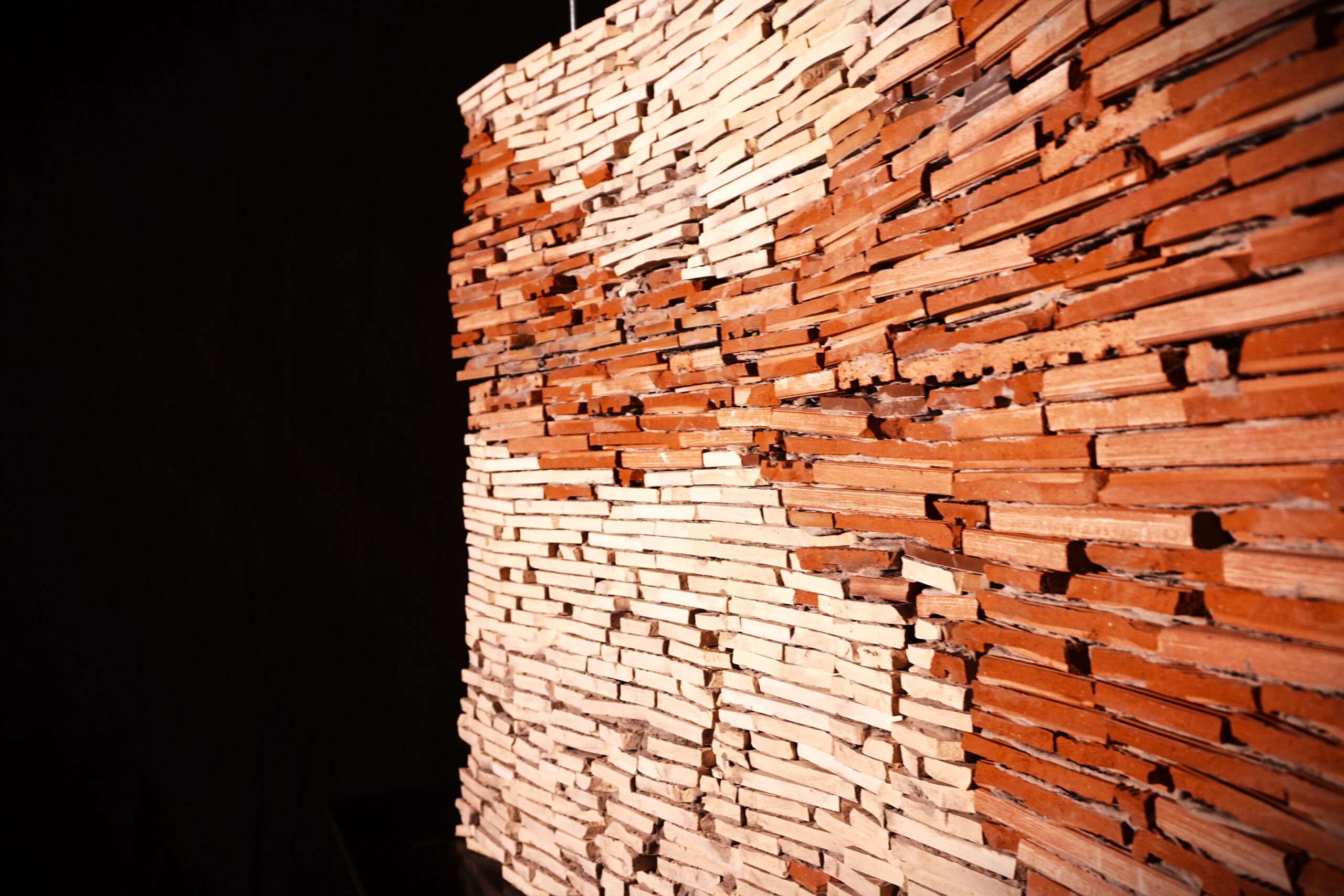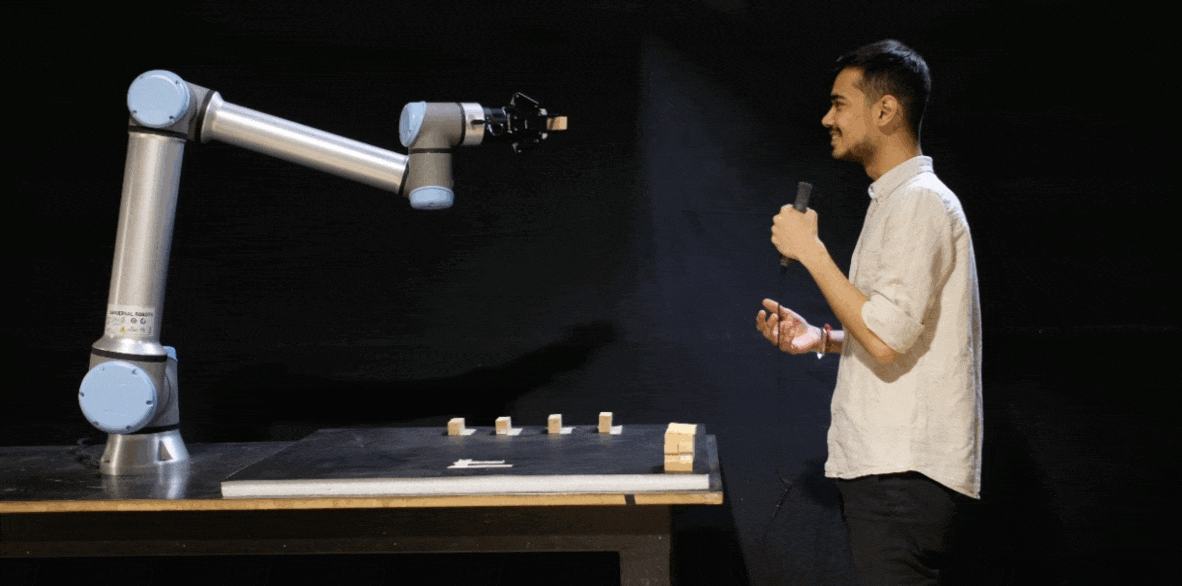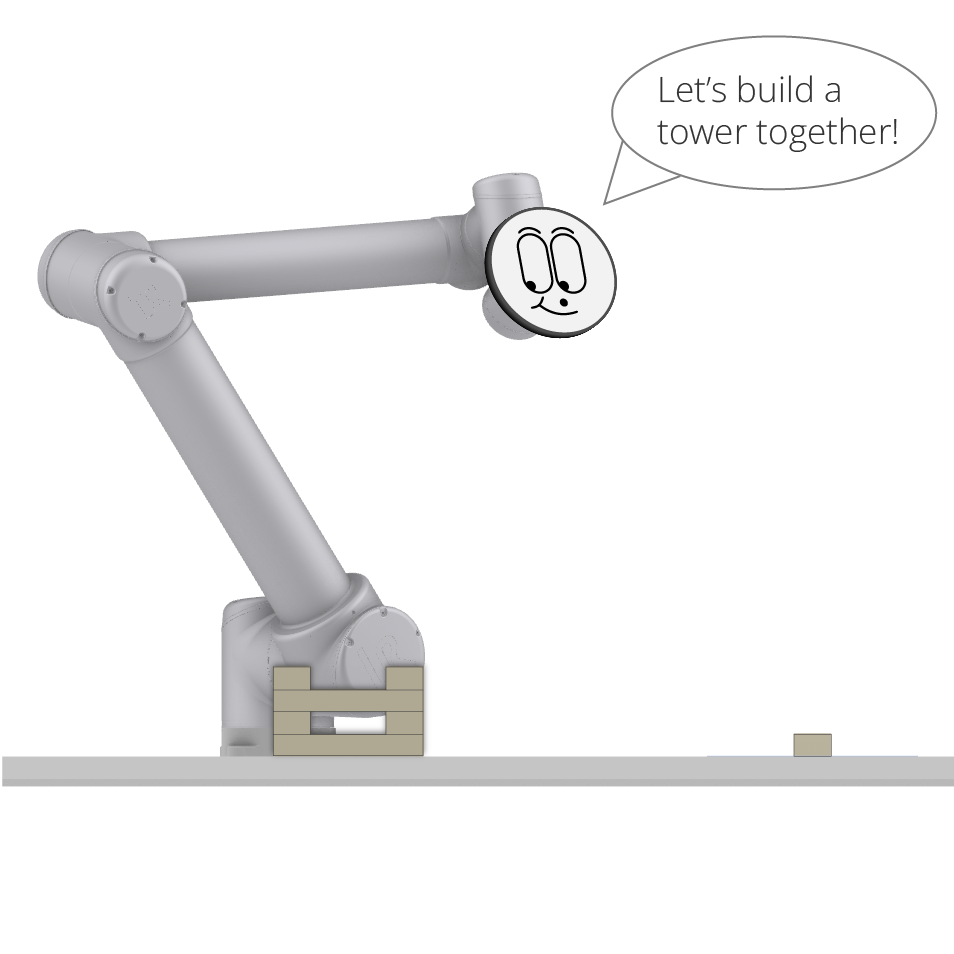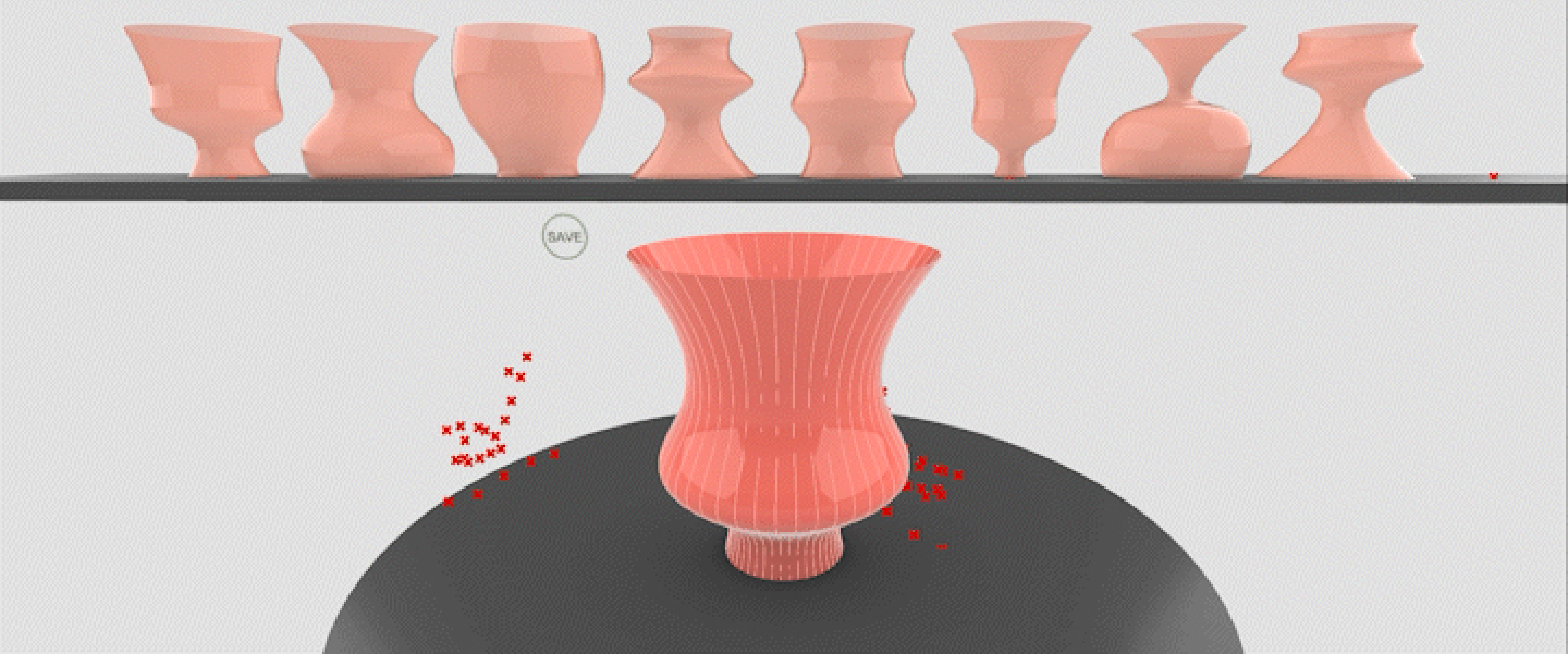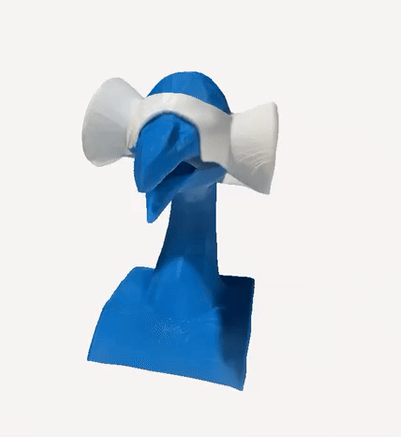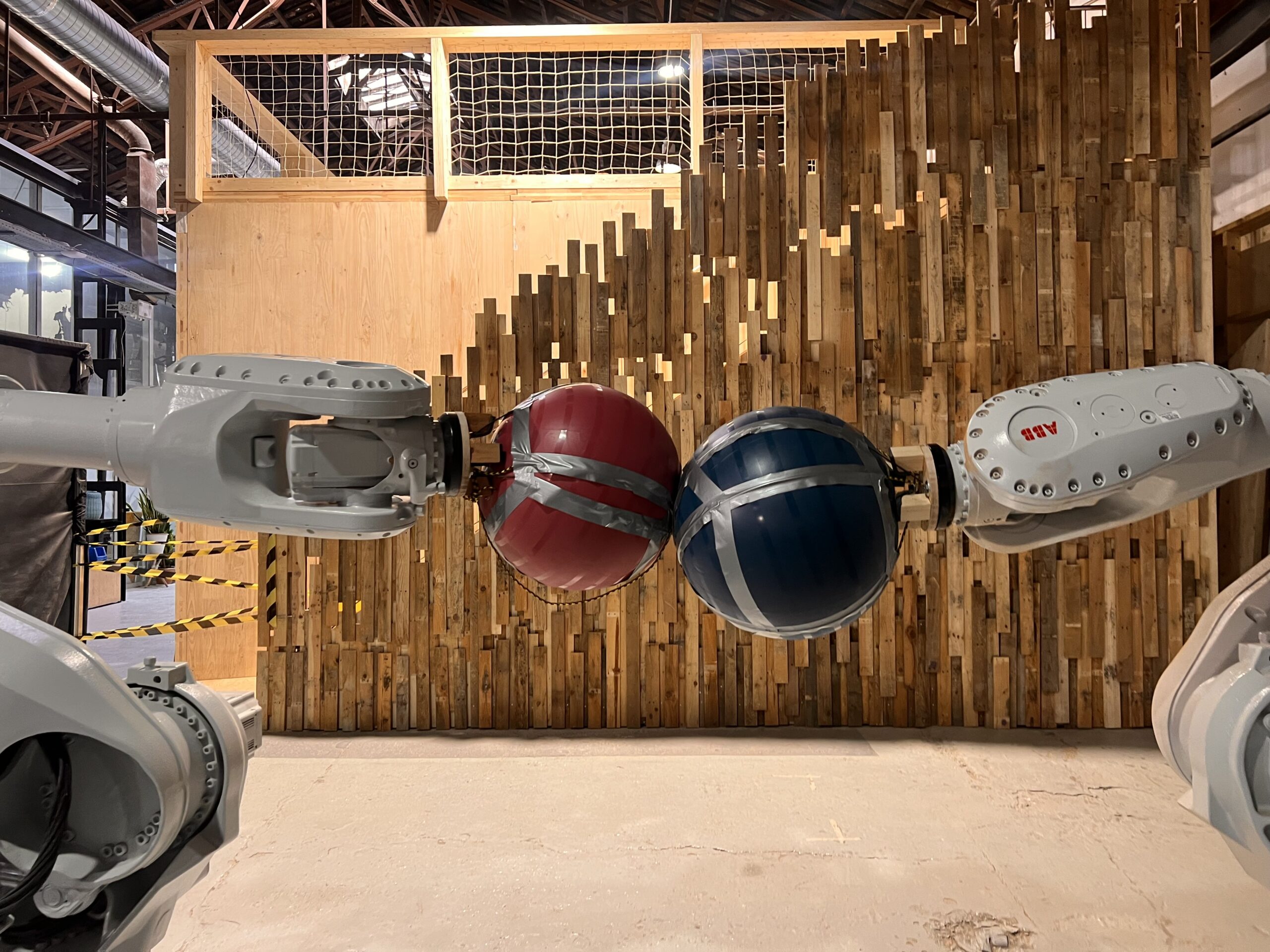Robotics Solutions for 3D Space Analysis
Github : https://github.com/j-albo/robotic-3d-space-analysis INTRODUCTION Scanning irregular terrains with today’s scanning technology is crucial for obtaining precise environmental models, optimizing planning and execution in architectural projects. Its high-resolution capture capability allows for mapping complex surfaces and detecting floor level variations imperceptible to the human eye, improving efficiency and reducing errors in design and construction. WHY USING A MOBILE … Read more

